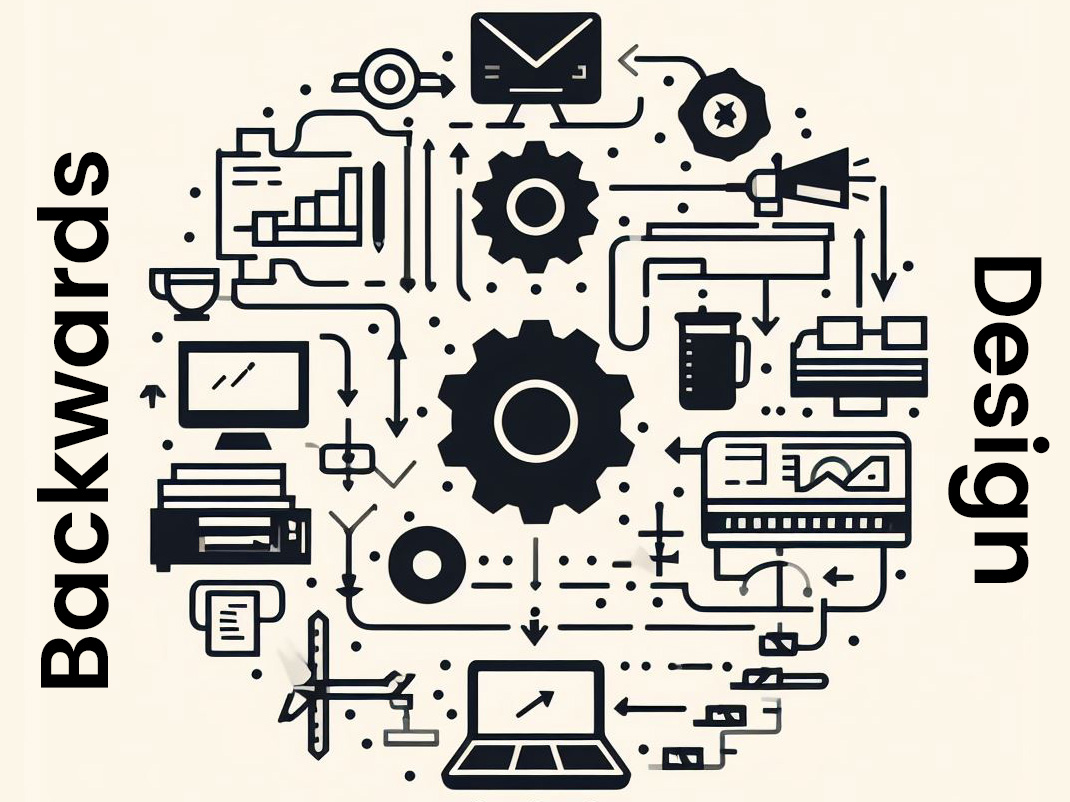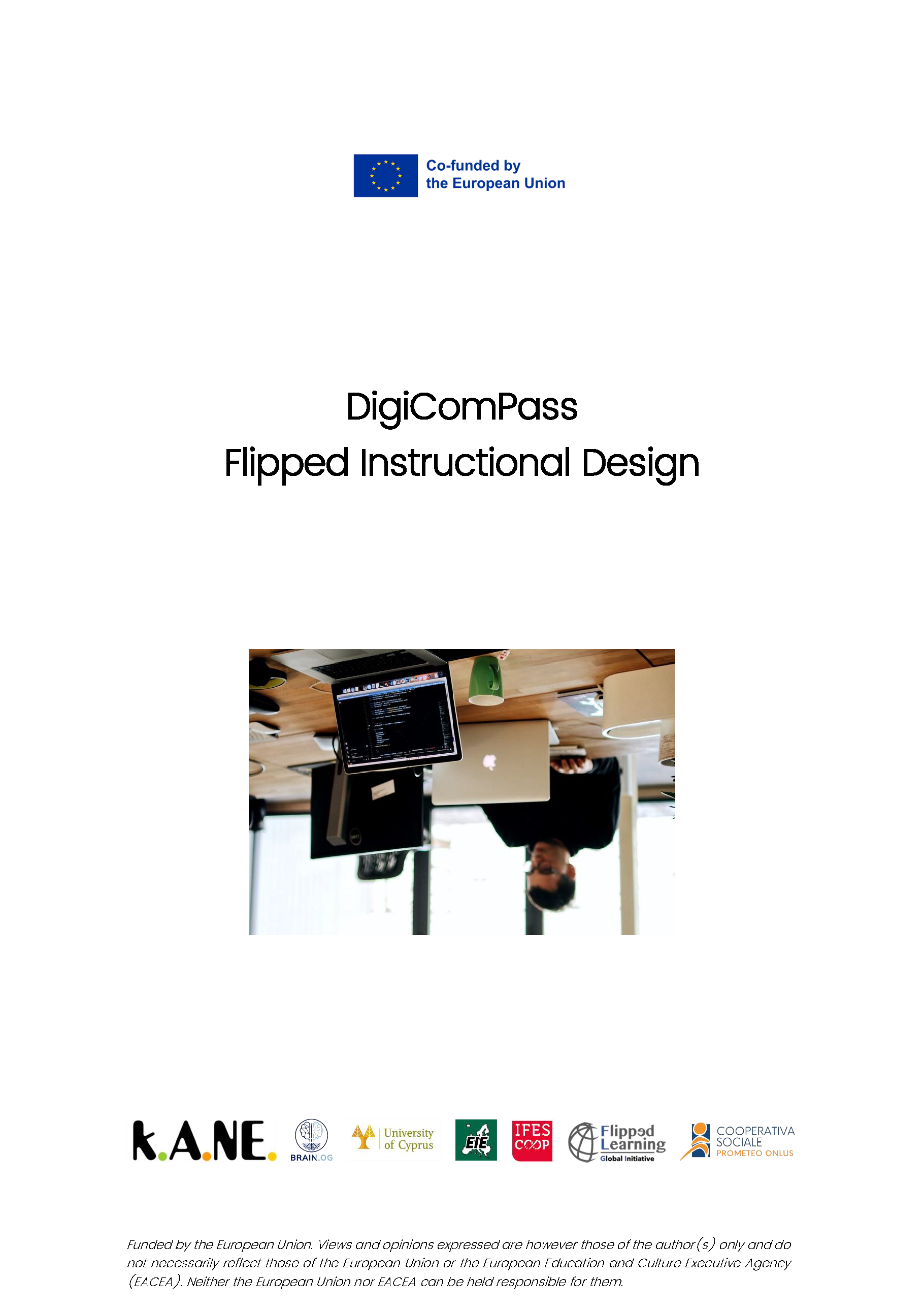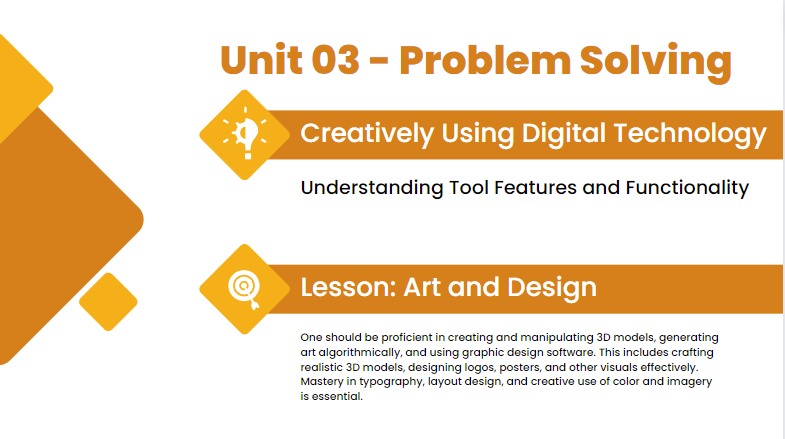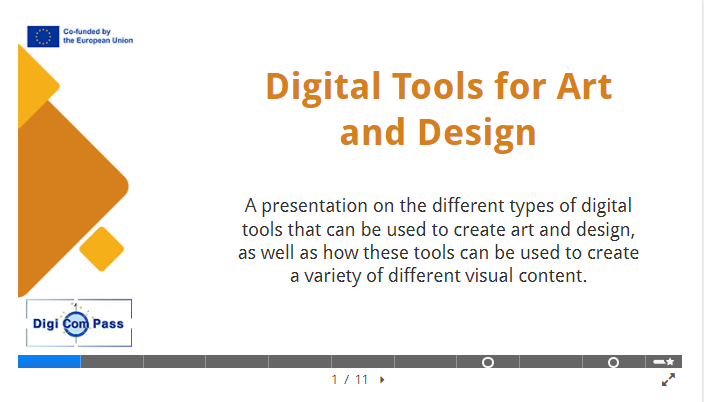
Problem-Solving: Module 5 in the DigiComPass Training Course
In today’s increasingly digital world, the ability to solve problems effectively is more crucial than ever. With the constant influx of new technologies and the ever-growing complexity of our digital interactions, individuals must possess a comprehensive skill set to navigate the challenges and opportunities presented by the digital realm. This course delves into the intricacies Read More …









